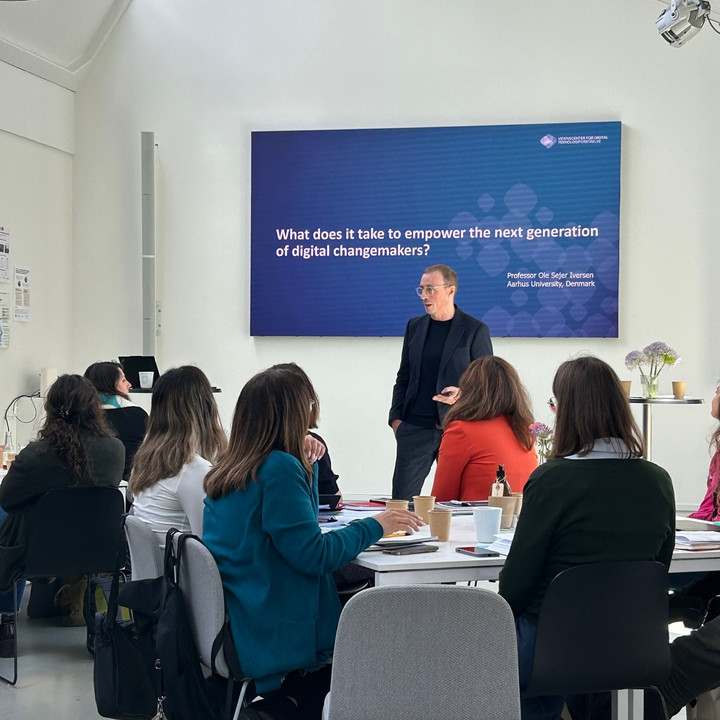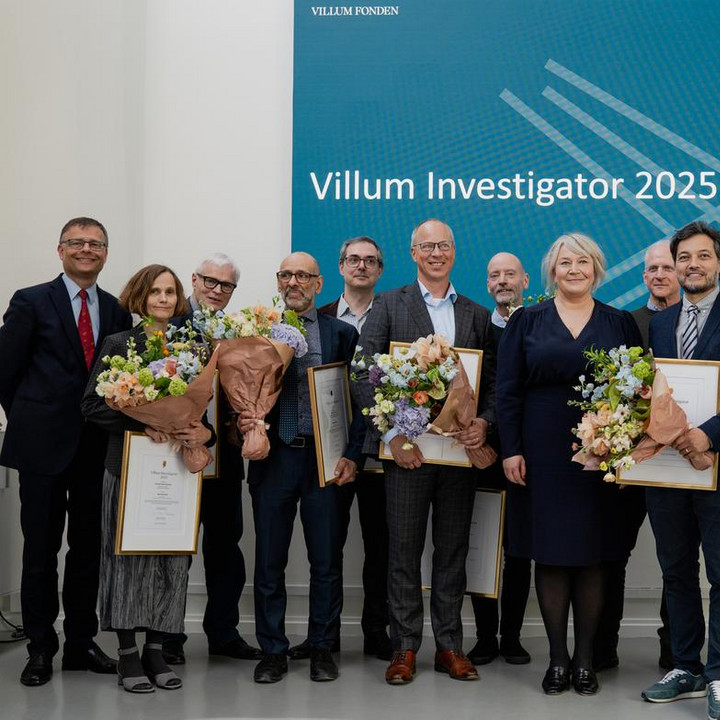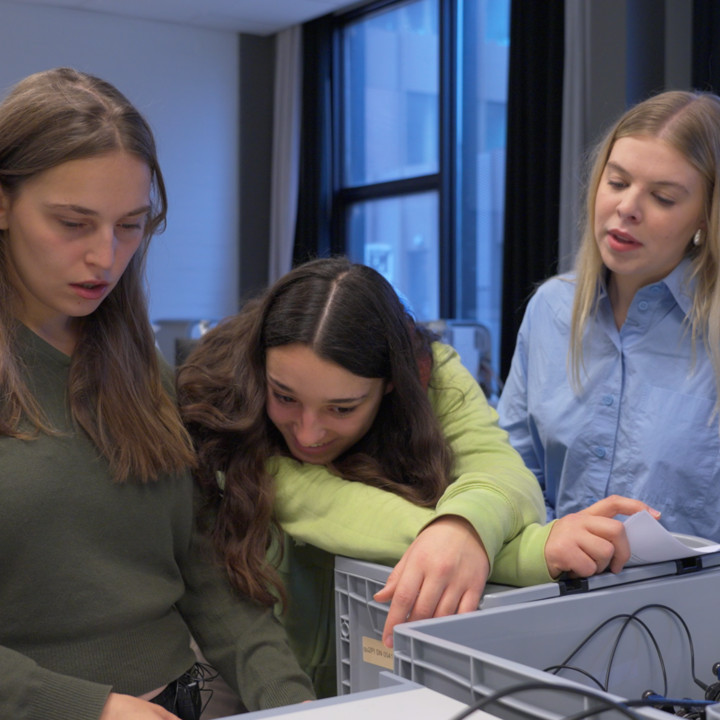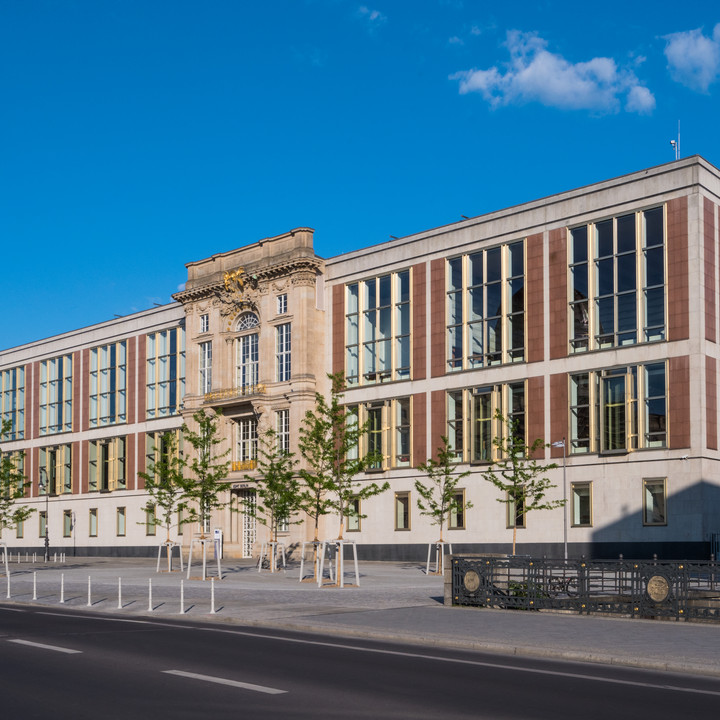New large natural habitat in the southern part of Denmark
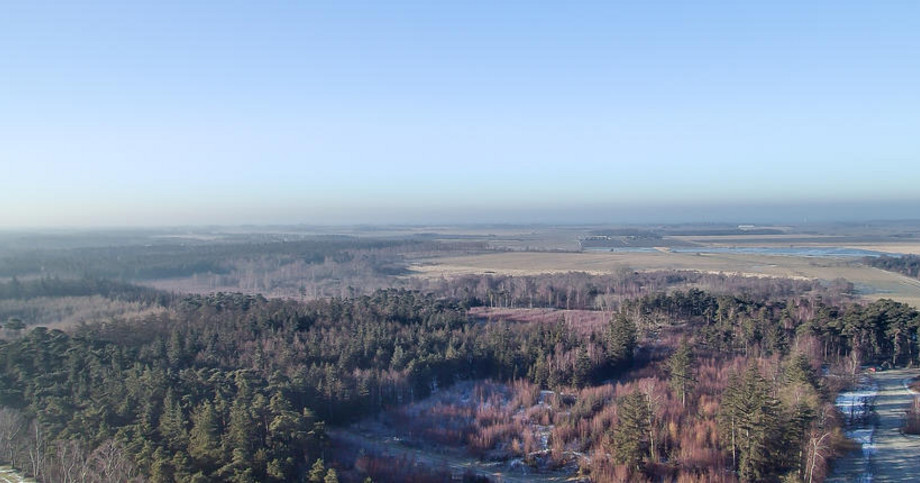
15.03.2017
The forest in Bøtø in the southern part of Falster will be a habitat for several rare animal species in the Danish nature. A large-scale project of DKK 15 million will convert 150 hectares of dark spruce into light forests with open plains grazed by cattle and wild horses. Among the species are Sea Eagles, Common Firecrest, African Stonechats, nine bat species and butterflies such as the Sooty Copper, which all need better habitats.
Den Danske Naturfond has bought the forest, and the project is conducted in cooperation with the municipality of Guldborgsund. The project is expected to not only benefit nature but also to become a new tourist attraction. This applies not least to the guests in Marielyst - one of the country's largest summer cottage areas - the closest neighbor to the habitat.
"We are very pleased to be presenting this project", says chair of Den Danske Naturfond, Lauritz B. Holm-Nielsen, and continues; "the area at Bøtø is unique. Because of the southern location and the dry climate, some species are unseen in many other places in Denmark. At the same time, the area is an important first landing ground for many of the migrating and breeding birds. We wish to create far better conditions for many of them".
More light, air, water and life
Regeneration of nature will be done by removing many of the dense and dark spruce; thus creating more light, air, water and life in the forest. The plan is that cattle and wild horses will help keep the forest open and ensure a varied and exciting forest landscape.
The area is located right next to a large summer cottage area at Marielyst. This will also provide the visitors the possibility to have new nature experiences.
Better access to nature
The Mayor of Guldborgsund Municipality, John Brædder is extremely excited:
"It is amazing that Den Dansk Naturfond has bought this area and will make it open the public. The plans for the area will boost South Falster as well as the rest of the country. There is no doubt that this will be a unique attraction for the many tourists in Marielyst, but also for our citizens, who will now get even better access to our beautiful nature. This is very positive and I have no doubt that it will also benefit the local economy," he says.
"Naturally the development of the area must take place in respect of our particular nature, which we will protect. Therefore, I am also excited that Den Danske Naturfond that is heading the project, and I am looking forward to this unique cooperation", Mayor John Brædder concludes.
Project area: Bøtø plantation is 153 ha. The area lies on the Baltic Sea with a 2 km long coastline. At the northern end, the forest borders up to Bøtø Nor (about 200 ha shallow lake, meadows and pine forests), which have previously been naturally restored. Consequently, more than 350 ha of coherent nature is to be created.
Budget: Project budget is approx. DKK 15 million, which covers the cost of purchasing the forest and restoring nature. Furthermore, dissemination and facilities to the public is also a priority.
Partners in the project: The project has been developed in a cooperation between Den Danske Naturfond and the Municipality of Guldborgsund.
The area at Bøtø in southern Falster is centrally located on the route between Scandinavia and Central Europe and it is therefore of great importance to migratory birds, bats and butterflies. Due to the southern location and the special climate, a number of other rare species also live here.
Purpose: The objective of the purchase is to stop forestry and to implement a nature restoration of the area. The plan is to create a natural area with open pastures, light green grazing forest, untouched forest and natural hydrology.
The project will also create new habitats for a number of rare species.
In the area, rare bird species such as Sea Eagles, Common Firecrest, African Stonechats and cranes already breed.
The area is also of great importance to migratory butterflies, and in the glades as well as on the dike towards the Baltic Sea, there are rare butterfly species, such as the Large Chequered Skipper and Sooty Coppers. Furthermore, a number of plant species rare to the region, e.g. conserved royal fern is also found in the forest.
As the forest is right next to the summer cottage area at Marielyst, there is also a great potential in opening the area to the public and create more nature experiences (without compromising nature).
Den Danske Naturfond
Chair Lauritz B. Holm-Nielsen, phone +45 23382126
Director Flemming Nielsen, email: fn@ddnf.dk, phone: +45 2466 1362
Guldborgsund Municipality
Mayor John Brædder, email: jobr@guldborgsund.dk, phone: +45 2518 0390
Head of nature Frederik Cordes, email: fc@guldborgsund.dk, phone +45 2518 0843
